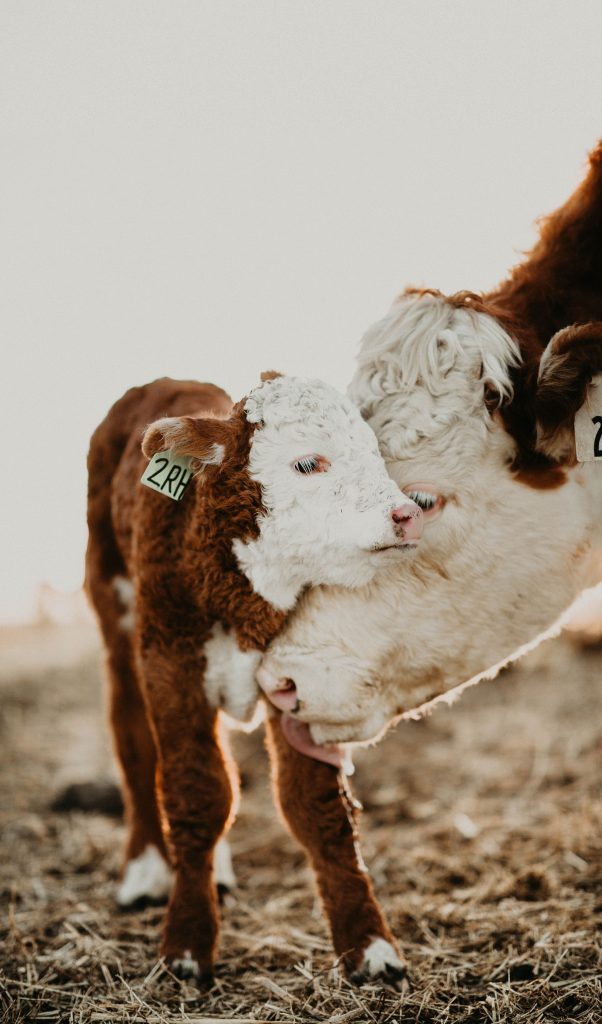AB Direct - Steers
Rail: ---
AB Direct - Heifers
Rail: ---
US Trade- Steers
Rail: ---
US Trade - Heifers
Rail: ---
Canadian Dollar
0.04
How to stop silent spreaders from damaging herd health
Following the recent downgrade in Canada’s BSE risk to negligible status, there is hope that the animal health sector will focus more attention on production-limiting diseases, like Johne’s and Bovine Viral Diarrhea (BVD).
Reopening doors of opportunity
Both Johne’s and BVD present challenges for producers through detection, transmission, and production. We sat down with veterinarian Dr. Roy Lewis to gather some insights into how to spot these diseases and stop them from damaging herd health.
Silent spread of BVD
BVD is an important production-limiting disease for producers to understand and watch out for. The multifaceted disease organism creates nagging and chronic health problems, explains Dr. Lewis, who has been a large animal veterinarian in Alberta for 40 years. It becomes evident in sick animals through mucosal disease (mouth ulcers), prolific diarrhea, and pneumonia. In pregnant heifers, BVD causes abortions or, worse, the birth of a persistently infected (PI) calf.

“PI calves are born with BVD and their bodies do not recognize it as foreign, so they produce it like it’s their own and spew it into the environment, becoming super-spreaders,” says Dr. Lewis.
A PI calf penned with others may appear to be doing okay, but will still spread the disease. “BVD becomes production-limiting because one sick animal, if it goes undetected, can negatively affect the health of the rest of the animals it comes in contact with,” Dr. Lewis explains.
BVD is a serious concern in feedlots where animals arrive from many different locations, but it is less frequently diagnosed in Alberta, says Dr. Lewis. “In the well-managed herds in Western Canada we mostly have BVD under control, as long as we vaccinate properly for it.”
To ensure BVD doesn’t spread silently through your herd, vaccinate cows and calves following vet recommendations, as Dr. Lewis advises. Vaccination protects cows against abortions, prevents calves from being born persistently infected, and ensures undetected sick animals won’t be sold into other environments where they continue to spread the disease.
Johne’s sneaks in
Johne’s is a “good news, bad news” story in Canada. The good news is that it has been well-culled from beef cattle, so it doesn’t show up often at present. The bad news is that, by the time it does show up — usually in older cows — it will likely have been spread to other animals.
“Johne’s is insidious; it can sneak up on producers, and it can skip generations before it shows itself clinically. Animals often don’t show signs until they’re five or six years old, and by then they’ve passed it on,” Dr. Lewis says.
Signs of Johne’s to watch for include weight loss and diarrhea. Diagnosis has been a challenge in the past, but that is less of an issue now, Dr. Lewis says. “The new PCR DNA test is effective for finding Johne’s in cattle who are shedding the organisms. It usually won’t miss the organisms if they’re there.”
The key for producers is to be aware of the sneaky nature of Johne’s disease and keep an eye out for it. “If you have a cow that is getting thinner and thinner, with or without diarrhea, do check to see if it is Johne’s. What you don’t want is for a problem to smolder until suddenly you have an outbreak — then it becomes a disaster,” Dr. Lewis says.
If you have Johne’s, your herd veterinarian can help. “Don’t panic. With systematic testing and culling and management changes regarding manure disposal and cleaning, it can systematically be either eliminated or kept in check,” says Dr. Lewis.
This article was first published in Volume 1 Issue 4 edition of ABP Magazine (November 2021) under ‘Stop Silent Spreaders: How to spot production-limiting diseases and stop them from damaging herd health. Watch for more digital content from the magazine on ABP Daily.

